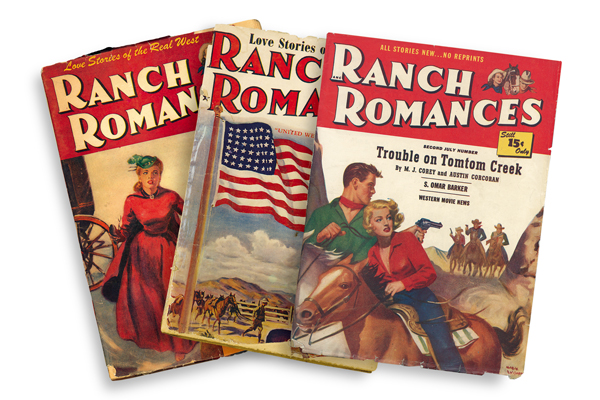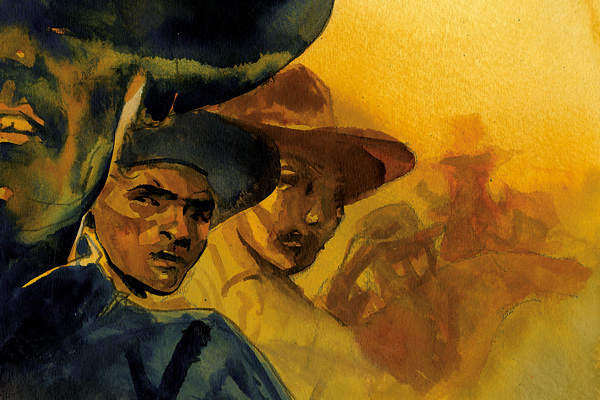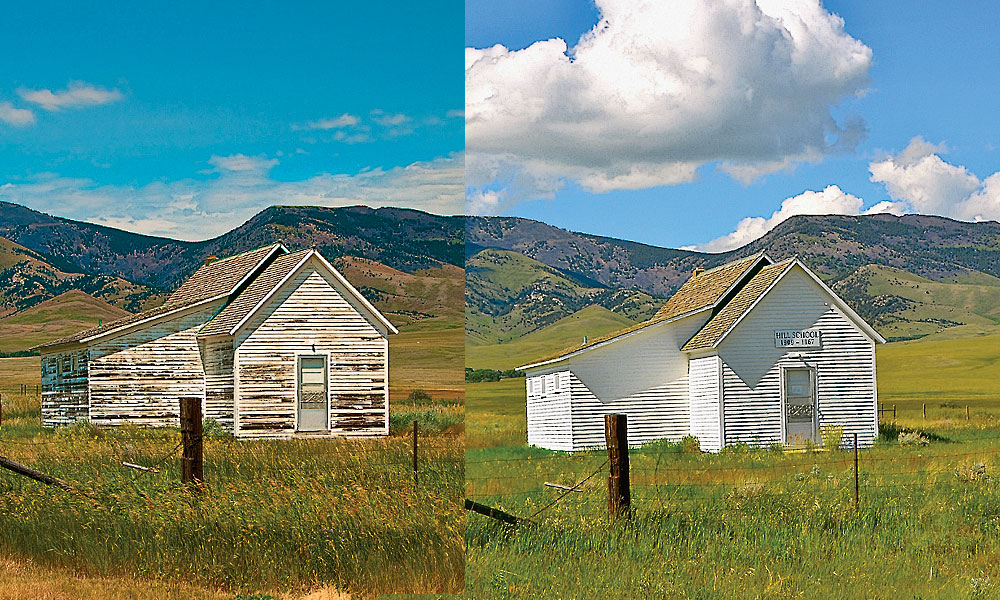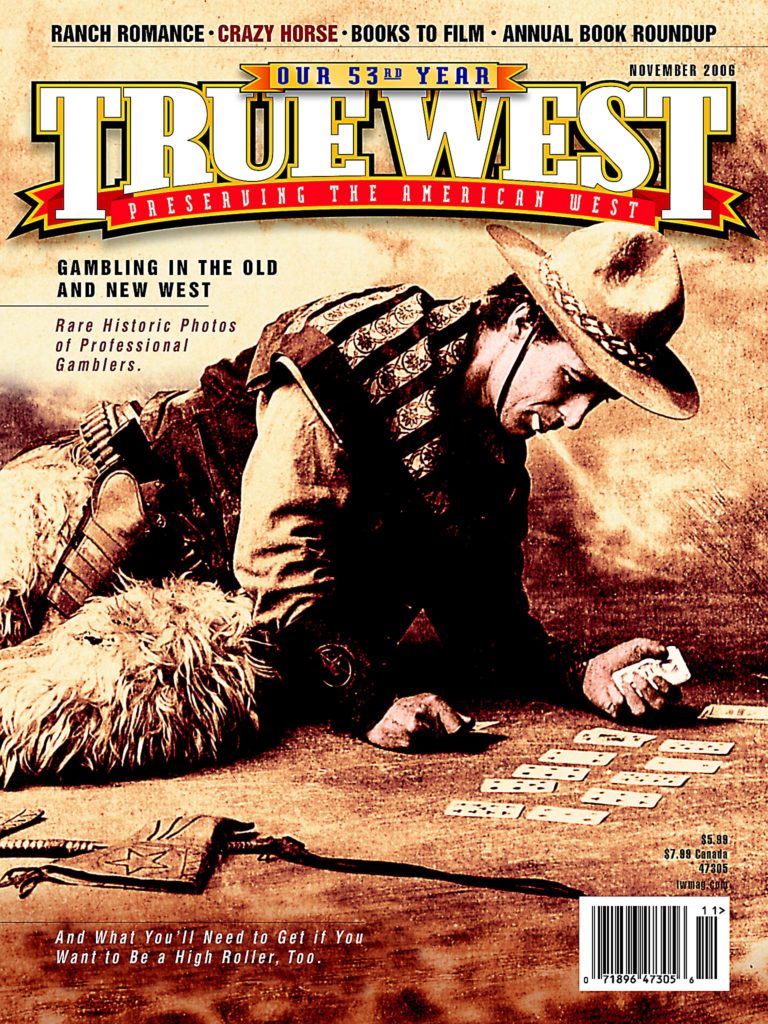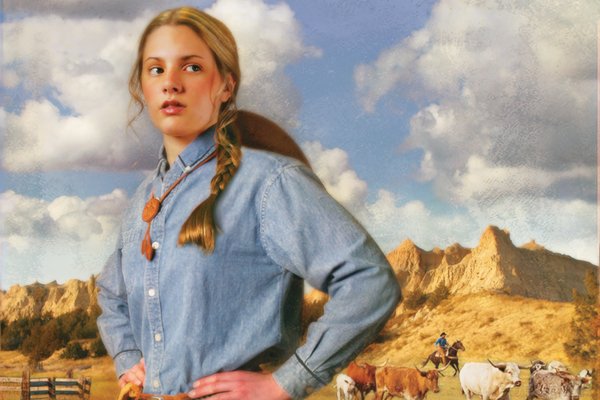 The indiscriminate reading of novels and romances is to young females of the most dangerous tendency …
The indiscriminate reading of novels and romances is to young females of the most dangerous tendency …
it agitates their fancy to delirium of pleasure never to be realized … and opens to their view the Elysium fields which exist only in the imagination … fields which will involve them in wretchedness and inconsolable sorrow…. The most profligate villain, bent on the infernal purpose of seducing a woman, could not wish a symptom more favorable to his purpose than a strong imagination inflamed with the rhapsodies of artful and corrupting novels,” states The Clergyman’s Almanac, published in 1815.
Today, believe it or not, attitudes haven’t changed much. Females still take a lot of heat for reading Romance novels and amazingly, the criticism usually comes from people who have never read one.
“Why Do You Read that Trash?”
For the record, that “trash” is bought and read by 64.6 million people, and not all of them females, according to the Romance Writers of America.
Within the main Romance genre are more than a dozen sub-genres, two of those being Western and Indian Romances. The women and, yes, a few men, who write them are getting more than a check from their publisher; they’re getting personal satisfaction.
Kathleen Eagle, coauthor of Lakota Legacy, writes Indian romances because, “I’ve loved the landscape and lore of the American West since I was a child, but my marriage to a Lakota man determined my perspective as a writer. I’m a white woman sojourning in Indian country…. I try to stay true to the vision that comes from my experience. That’s my job as a writer and my commitment to the reader.”
Rosanne Bittner, author of more than 57 books, says, “My passion for writing novels of America’s Old West comes from the fact that cowboys, Indians, strong women and a rugged, incredibly beautiful and lawless land are the perfect ingredients for the purest form of powerful romantic stories.”
Western and Indian Romance novels “not only offer up the rugged hero but also set a backdrop that is still untouched by the more civilized world. It’s not only romance, but survival,” says Christine Zike, senior editor of Berkley Publishing.
But how exactly were Romances able to attract an audience of nearly 65 million people? The answer may lie in the fact that Romances no longer look like the bodice-ripping novels of yesteryear.
Don’t Judge a Book by its Cover
The first known mass-market Romance novel was Malaeska, a tale about an Indian princess by Ann S. Stephens and published in 1860 by Erastus and Irwin Beadle, pioneers of the dime novel. Just as the genre’s stories have evolved with each coming generation, so have the book covers.
The graphic drawing covers of the 1950s-1970s were replaced in the ’80s by more realistic artwork. Artists began painting flesh-and-blood models in oil and then photographing the painting. Some of today’s covers still have the “Take me, I’m Yours” approach. Karen Kay’s book covers feature a flesh-and-blood hero who comes equipped with a six-pack stomach and biceps as big as a tree trunk. It’s no secret what kind of connection these covers make with the reader—they tell her the hero is wild, strong and untamable, until he meets the right woman, the heroine, of course.
But more and more Romance covers published these days are treading a different path, perhaps because the genre has crossed into the favor of both sexes (see statistics sidebar). For example, the Mystic Warriors cover depicts a scene that tells a story and also provides historical detail with its choice of clothing and weapons.
Dan Thornberg, a cover artist for Bethany House offers insight into how he created Lauraine Snelling’s cover for Opal. “I often try to read the book or at least several chapters if the manuscript is available. This enables me to get a good feel for the book and the characters and their relationships.” If the manuscript isn’t available, Dan goes by the author’s synopsis and character descriptions. Authors often provide images and information from the era. With Opal, Snelling says Thornberg truly captured the essence of the character—young, defiant and sassy.
The era is ending in which readers could always tell a Romance novel by its cover. Soon, the only way to tell will be by the word “Romance” on the spine.
C. Clarke is the author of five Western Historical Romances. Visit www.cherylclarke.net for her history of romance novels in magazines and newspaper articles (1970s-80s).


